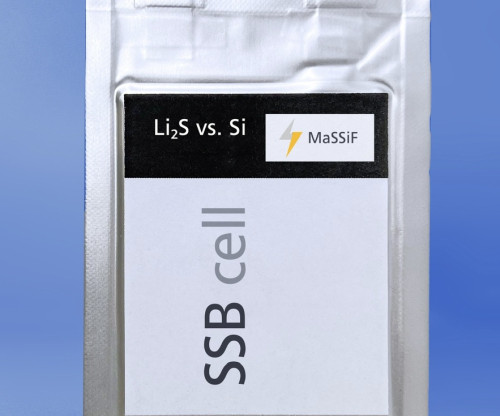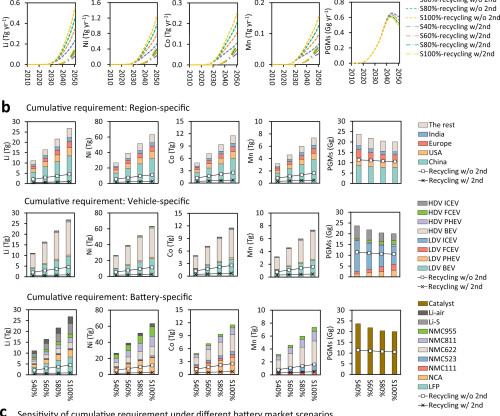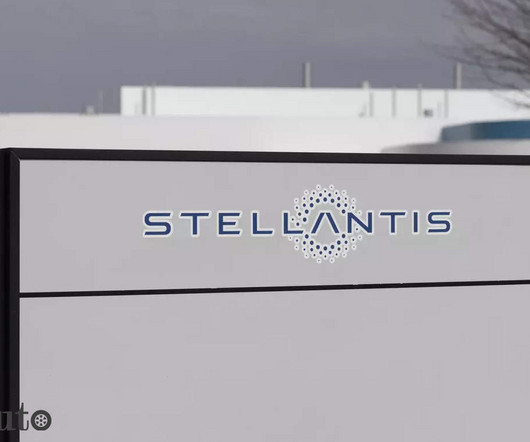Fraunhofer leading “MaSSiF” research project on solid-state sulfur-silicon batteries
Green Car Congress
APRIL 26, 2023
The Fraunhofer Institute for Material and Beam Technology IWS in Dresden is leading a research project targeting a new generation of sulfur-based batteries. The combination with sulfur as the cathode active material holds particular promise. However, the anode poses major challenges in the battery's processing and operation.


























Let's personalize your content